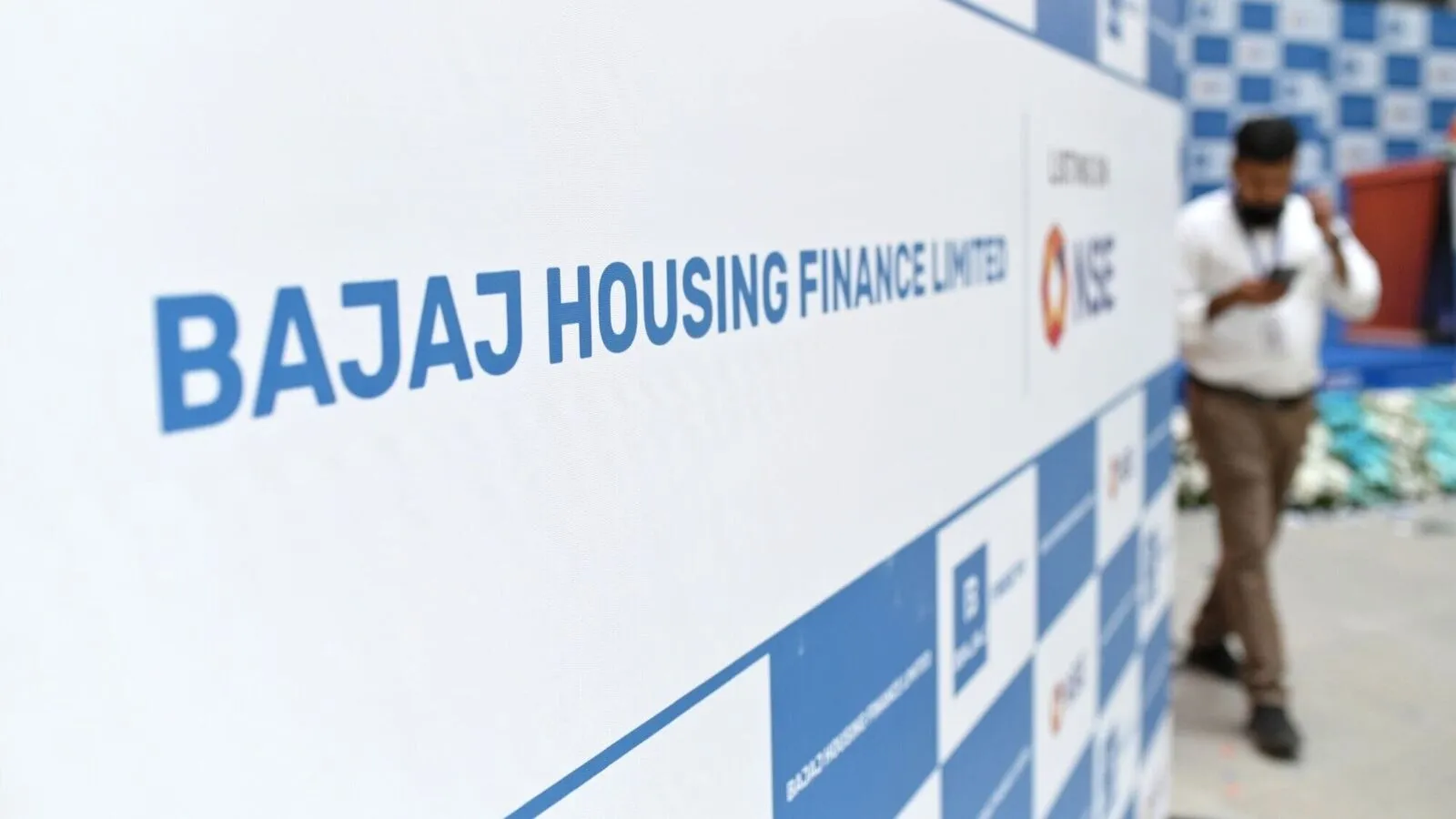Bajaj Housing ends FY25 on a strong note, but the stock remains richly valued

Bajaj Housing Finance Ltd’s performance in the March quarter (Q4FY25) was strong except for the pressure on gross spread. Gross spread, or the yield on portfolio minus cost of funds, fell 10 basis points sequentially to 1.8%. This could be a sign of pricing pressure in the company’s preferred individual lending segment, which focuses on salaried individuals with an annual income of ₹15 lakh. Still, net profit soared 54% year-on-year to ₹587 crore.
Net interest income (NII) growth of 31% to ₹823 crore looked impressive, partly because growth was softer at 11% in the base quarter of Q4FY24 as a high cost of funds meant high interest expenses. NII is interest income minus interest expense. In fact, the base quarter was the only one of the past eight in which NII declined sequentially.
Also read | LTIMindtree: New year, new plan – but will it work?
Assets under management (AUM) as of March 2025 were up 26% year-on-year to ₹1.15 trillion. This growth was due in almost equal measure to key segments such as home loans, loans against property (LAP), and lease rental discounting. The overall loan portfolio remained well balanced, with the home loan share at 56.2%.
Asset quality continued to hold well, with gross non-performing assets (NPAs) and net NPAs remaining largely stable quarter-on-quarter at 0.29% and 0.11%, respectively. Another positive aspect was that the provisioning coverage ratio on stage 3 assets (loans overdue by more than 90 days) increased to 60.3% from 55.4% in the previous quarter.
Dealing with potential rate cuts
Nearly 80% of Bajaj Housing’s home loan borrowers are salaried employees, which further reduces the already low risk of NPAs in housing finance, in which loans are secured against the value of the property. However, management indicated in the earnings call that they were willing to compromise slightly on the quality of borrowers to minimise the impact of a potentially lower net interest margin (NIM) due to repo rate cuts.
Also read: M&M Fin’s margin rebound must be accompanied by lower bad debts
The company believes growth in near prime (second-best quality of borrowers) and affordable housing loans, where interest rates are higher, should help offset the negative impact of NIM compression. If there is a total repo rate cut of 75 bps, Bajaj Housing will have to pass on about 45-50 bps benefit to customers, while seeing only a 35 bps drop in the cost of borrowings. Thus, there could be a negative impact of about 10-15 bps on NIM in FY26.
Equity dilution on the cards
Bajaj Housing is well capitalised and doesn’t need to raise more money by diluting equity for now. However, an equity dilution is on the cards as promoter Bajaj Finance must reduce its stake to 75% from 88.75% at present in the next two years to comply with the listing norm of minimum public shareholding. Management indicated it would dilute equity when the company’s leverage ratio (risk weighted assets to net worth) touched 7.5x from 5x as of the end of March 2025.
Also read | HCL Q4: Positives in play, but the downgrades keep coming
Management also addressed concerns over the waiver of foreclosure charges on LAP. It said the impact of the waiver would be minimal as LAP accounted for only 11% of total AUM. Plus, the amount realised from foreclosures was just ₹13 crore in FY25.
Bajaj Housing is considered to be of the same pedigree as HDFC Ltd was before its merger with HDFC Bank. While asset quality remains robust with good growth visibility, Bajaj Housing’s valuation is expensive at almost five times book value and 44 times earnings per share based on Bloomberg consensus estimates for FY26.










